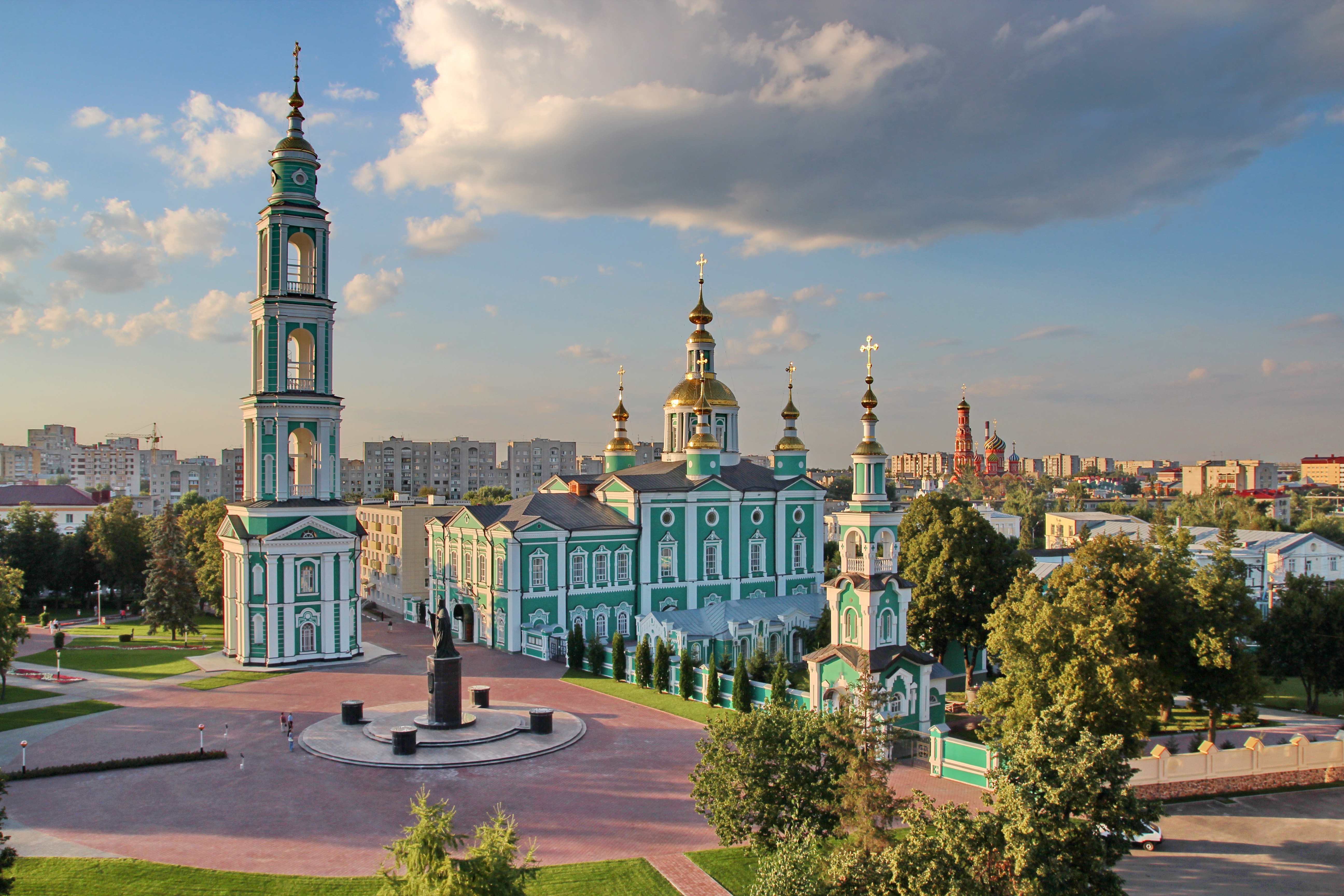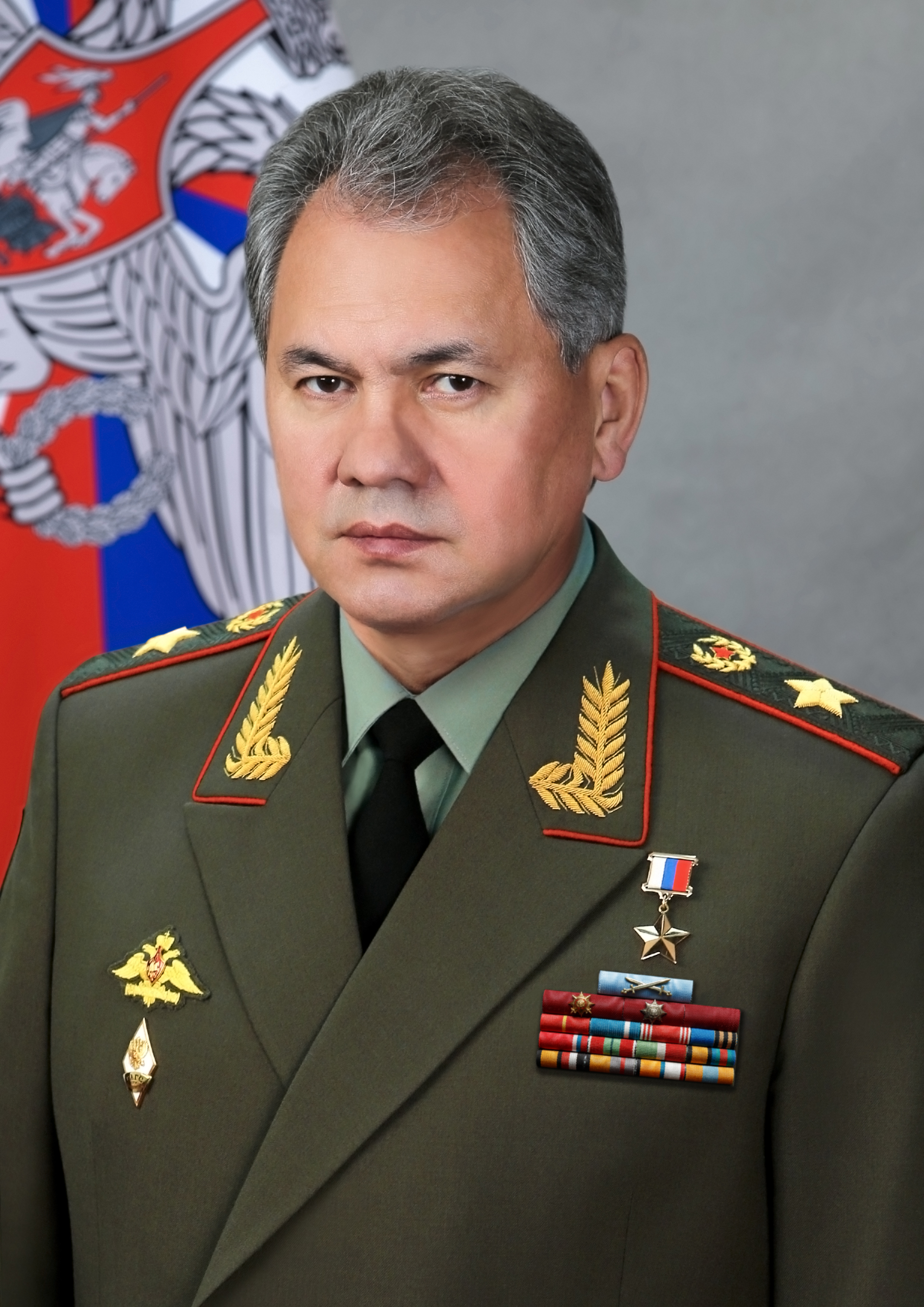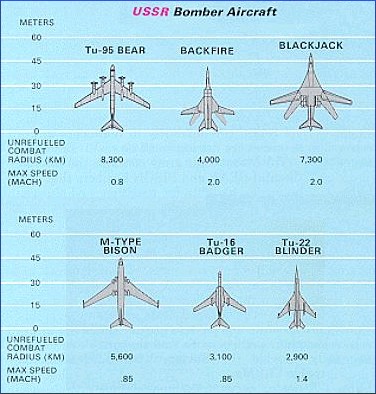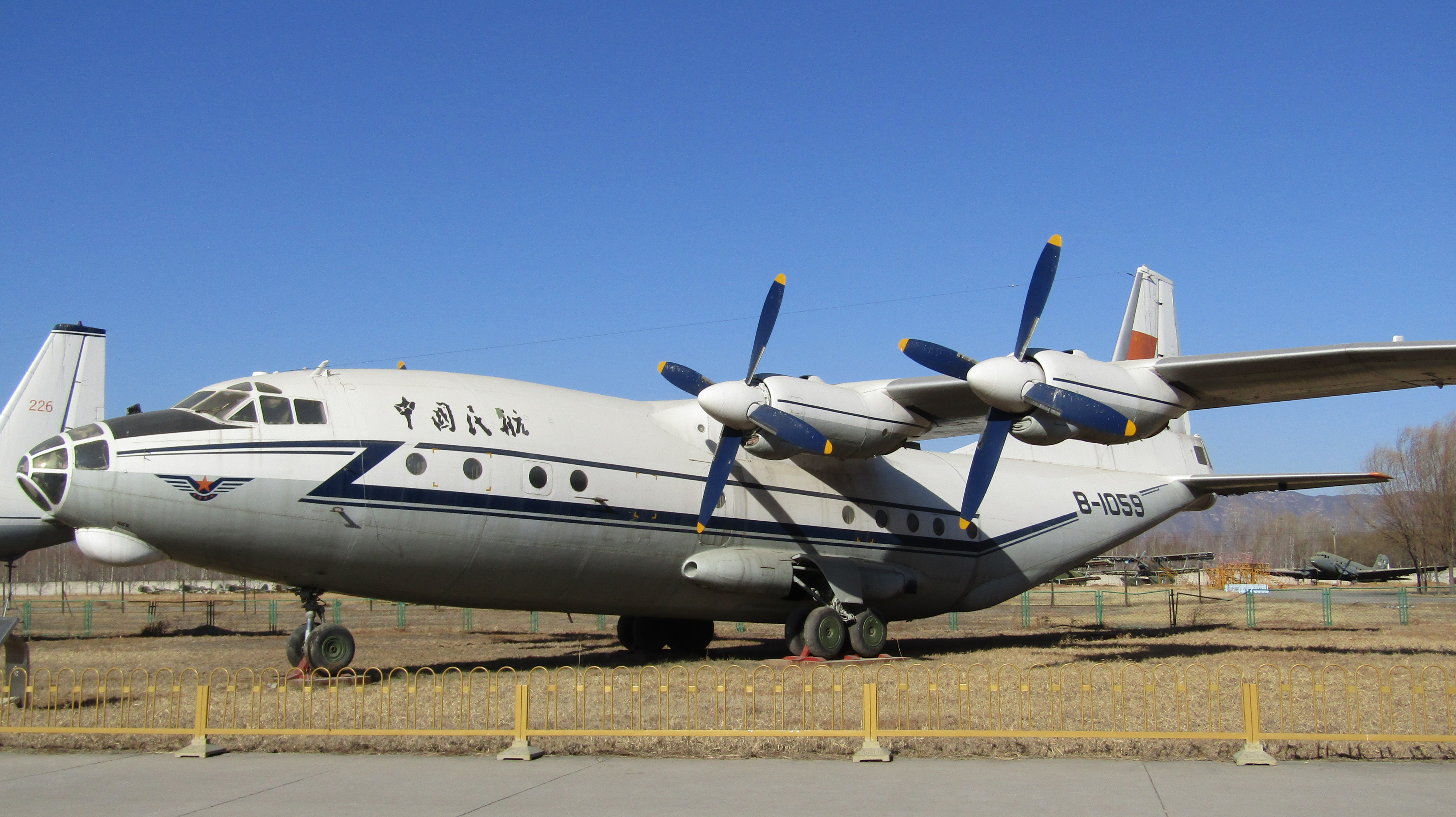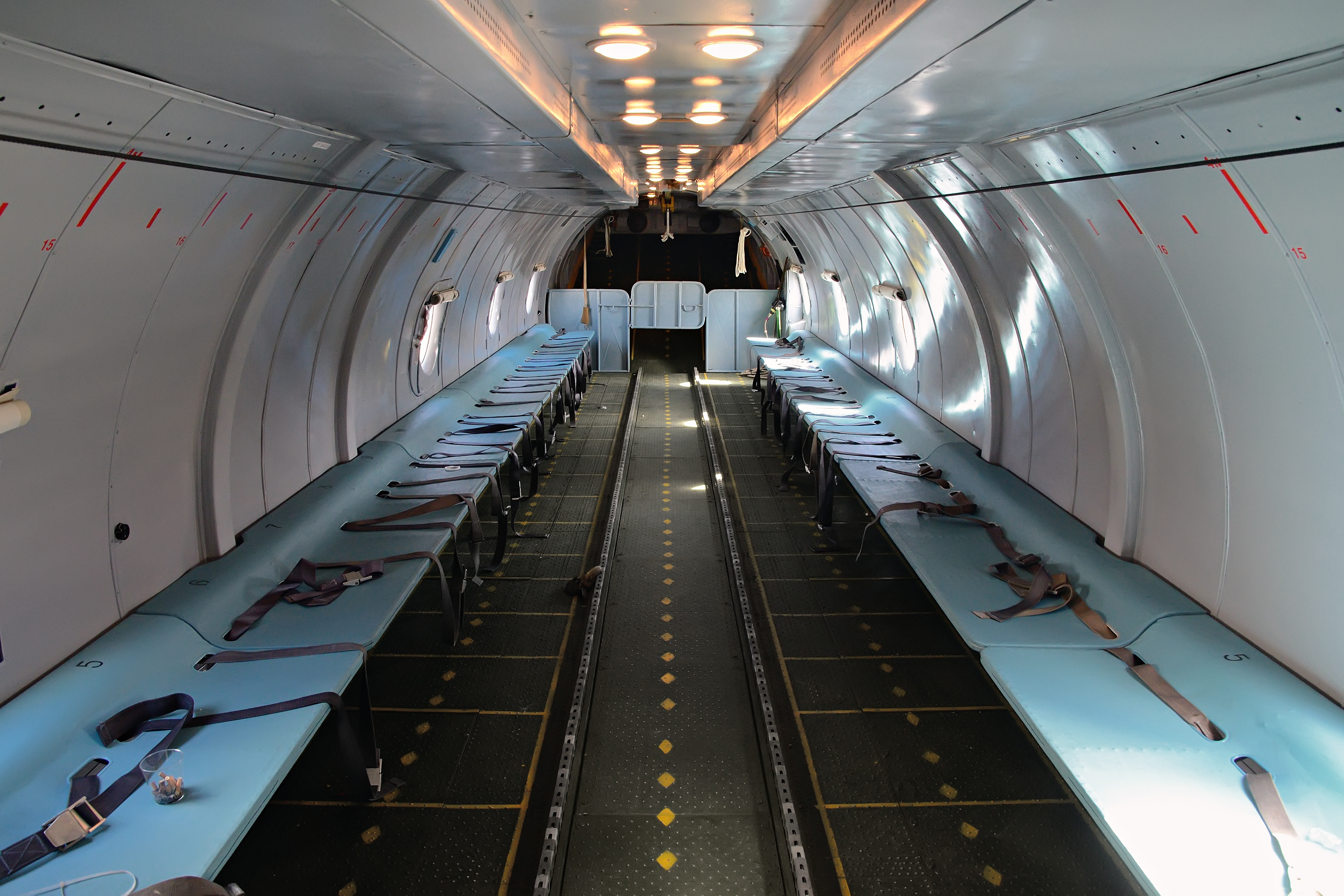|
Tambov (air Base)
Tambov is an air base in Russia located 4 km southwest of Tambov. It is a bomber training base with many Tupolev Tu-134UBL aircraft. The base is home to the 27th Composite Aviation Regiment with the Antonov An-12 The Antonov An-12 (Russian: Антонов Ан-12; NATO reporting name: Cub) is a four-engined turboprop transport aircraft designed in the Soviet Union. It is the military version of the Antonov An-10 and has many variants. For more than thr ... (NATO: Cub), Antonov An-26 (NATO: Curl) & Tupolev Tu-134UBL(UBSh) (NATO: Crusty) which is part of the 43rd Guards Oryol Center for Combat Employment and Retraining of Long-Range Aviation Flight Personnel. Yefim Gordon's MiG-23/27 book refers to a 652 UAP (652nd Aviation Training Regiment) stationed at Tambov/Vostochnyy flying 96 Aero L-29 Delfín (NATO: Maya). Tambov used to be home to 4255 BRS flying Mikoyan-Gurevich MiG-23 (NATO: Flogger) aircraft. References External links *http://www.ww2.dk/new/air%2 ... [...More Info...] [...Related Items...] OR: [Wikipedia] [Google] [Baidu] |
Tambov
Tambov (, ; rus, Тамбов, p=tɐmˈbof) is a city and the administrative center of Tambov Oblast, central Russia, at the confluence of the Tsna and Studenets Rivers, about south-southeast of Moscow. Population: 280,161 ( 2010 Census); 293,658 ( 2002 Census); Etymology The name "Tambov" originates from the Mokshan word( mdf, томбале, tombale, the other side, the remote one) Geography Urban layout In terms of its layout, Tambov was no different from other fortified cities - the Kremlin, the prison and a small settlement. The chosen place was in full compliance with the requirements of the fortification. From the north and east, the new fortress was washed by rivers, and from the west and south it was protected by artificial ditches filled with water by the Studenets River. The Kremlin was surrounded by a six-meter wooden wall with 12 towers, from the south-west it was adjoined by a prison, also surrounded by a wall, and beyond the river there was a settlement. A ch ... [...More Info...] [...Related Items...] OR: [Wikipedia] [Google] [Baidu] |
Tambov Oblast
Tambov Oblast (russian: Тамбо́вская о́бласть, ''Tambovskaya oblast'') is a federal subject of Russia (an oblast). Its administrative center is the city of Tambov. As of the 2010 Census, its population was 1,091,994. Geography Tambov Oblast is situated in forest steppe. It borders on the Ryazan, Penza, Saratov, Voronezh and Lipetsk Oblasts. History The oldest known population of the Tambov region, the Mordovians-Moksha, formed as a nation of local ethnic groups from the 6th century BC. The first Russian settlers arrived in the pre-Mongol period, but the final settlement occurred in the 17th century. To protect the southern borders of Russia from the raids of the Tatars, and to further develop the Black Soil region, the Russian government built the walled cities of Kozlov (1635) and Tambov (1636). The cities protected the main path of nomad raids on Russian land and paved the way for a quick settlement of the region. Kozlovsky Uyezd originally exis ... [...More Info...] [...Related Items...] OR: [Wikipedia] [Google] [Baidu] |
Tupolev Tu-134UB-L, Russia - Air Force AN1423306
Tupolev (russian: Ту́полев, ), officially Joint Stock Company Tupolev, is a Russian aerospace and defence company headquartered in Basmanny District, Moscow. Tupolev is successor to the Soviet Tupolev Design Bureau (OKB-156, design office prefix ''Tu'') founded in 1922 by aerospace pioneer and engineer Andrei Tupolev, who led the company for 50 years until his death in 1972. Tupolev has designed over 100 models of civilian and military aircraft and produced more than 18,000 aircraft for Russia, the Soviet Union and the Eastern Bloc since its founding, and celebrated its 90th anniversary on 22 October 2012. Tupolev is involved in numerous aerospace and defence sectors including development, manufacturing, and overhaul for both civil and military aerospace products such as aircraft and weapons systems, and also missile and naval aviation technologies. In 2006, Tupolev became a division of the United Aircraft Corporation in a merger with Mikoyan, Ilyushin, Irkut, Sukhoi ... [...More Info...] [...Related Items...] OR: [Wikipedia] [Google] [Baidu] |
Ministry Of Defence (Russia)
The Ministry of Defence of the Russian Federation (russian: Министерство обороны Российской Федерации, Минобороны России, informally abbreviated as МО, МО РФ or Minoboron) is the governing body of the Russian Armed Forces. The President of Russia is the Commander-in-Chief of the Armed Forces of the Russian Federation and directs the activity of the Ministry. The Defence Minister exercises day-to-day administrative and operational authority over the armed forces. The General Staff executes the president's and the defence minister's instructions and orders. The main building of the ministry, built in the 1940s, is located on Arbatskaya Square, near Arbat Street. Other buildings of the ministry are located throughout the city of Moscow. The supreme body responsible for the Ministry's management and supervision of the Armed Forces is The National Defense Management Center (Национальный центр управ ... [...More Info...] [...Related Items...] OR: [Wikipedia] [Google] [Baidu] |
Russian Aerospace Forces
The Russian Aerospace Forces or Russian Air and Space Forces ( rus, Воздушно-космические силы, r=Vozdushno-kosmicheskiye sily) or VKS ( rus, ВКС}) comprise the air and space Space is the boundless three-dimensional extent in which objects and events have relative position and direction. In classical physics, physical space is often conceived in three linear dimensions, although modern physicists usually con ... Military branch, branch of the Armed Forces of the Russian Federation. Russia established the VKS as a new branch of its military on 1 August 2015 with the merging of the Russian Air Force (VVS) and the Russian Aerospace Defence Forces (VVKO) - as recommended by the Ministry of Defence (Russia), Ministry of Defence. The VKS has its headquarters in Moscow. Russia's Ministry of Defence (Russia), Defense Minister Sergei Shoigu explained the merger as improving efficiency and logistical support. Organisation Sub-branches According to Ja ... [...More Info...] [...Related Items...] OR: [Wikipedia] [Google] [Baidu] |
Long-Range Aviation
Long-Range Aviation ( rus, Авиация Дальнего Действия, r=Aviatsiya dal'nego deystviya, abbr. to AДД, or ADD, and literally ''Aviation of Distant Action'') is a branch of the Russian Aerospace Forces responsible for delivering long-range nuclear or conventional strikes by aircraft rather than missiles. The branch was previously part of the Soviet Air Forces and Russian Air Force tasked with long-range bombardment of strategic targets with nuclear weapons. During the Cold War, it was the counterpart to the Strategic Air Command of the United States Air Force. Origins, 1936-1940 The first three Air Armies, designated Air Armies of Specific Purpose (or Particular Purpose) were created between 1936 and 1938. In accordance with the predominant Deep operations doctrine, the Red Army was reorganized into six echelons, of which the long-range aviation was the 1st echelon. The 2nd echelon consisted of: heavy tanks; the 3rd echelon: medium and light tanks; the ... [...More Info...] [...Related Items...] OR: [Wikipedia] [Google] [Baidu] |
Concrete
Concrete is a composite material composed of fine and coarse aggregate bonded together with a fluid cement (cement paste) that hardens (cures) over time. Concrete is the second-most-used substance in the world after water, and is the most widely used building material. Its usage worldwide, ton for ton, is twice that of steel, wood, plastics, and aluminum combined. Globally, the ready-mix concrete industry, the largest segment of the concrete market, is projected to exceed $600 billion in revenue by 2025. This widespread use results in a number of environmental impacts. Most notably, the production process for cement produces large volumes of greenhouse gas emissions, leading to net 8% of global emissions. Other environmental concerns include widespread illegal sand mining, impacts on the surrounding environment such as increased surface runoff or urban heat island effect, and potential public health implications from toxic ingredients. Significant research and developmen ... [...More Info...] [...Related Items...] OR: [Wikipedia] [Google] [Baidu] |
Russia
Russia (, , ), or the Russian Federation, is a transcontinental country spanning Eastern Europe and Northern Asia. It is the largest country in the world, with its internationally recognised territory covering , and encompassing one-eighth of Earth's inhabitable landmass. Russia extends across eleven time zones and shares land boundaries with fourteen countries, more than any other country but China. It is the world's ninth-most populous country and Europe's most populous country, with a population of 146 million people. The country's capital and largest city is Moscow, the largest city entirely within Europe. Saint Petersburg is Russia's cultural centre and second-largest city. Other major urban areas include Novosibirsk, Yekaterinburg, Nizhny Novgorod, and Kazan. The East Slavs emerged as a recognisable group in Europe between the 3rd and 8th centuries CE. Kievan Rus' arose as a state in the 9th century, and in 988, it adopted Orthodox Christianity from the ... [...More Info...] [...Related Items...] OR: [Wikipedia] [Google] [Baidu] |
Tupolev Tu-134
The Tupolev Tu-134 ( NATO reporting name: Crusty) is a twin-engined, narrow-body jet airliner built in the Soviet Union for short and medium-haul routes from 1966 to 1989. The original version featured a glazed-nose design and, like certain other Russian airliners (including its sister model the Tu-154), it can operate from unpaved airfields. One of the most widely used aircraft in former Comecon countries, the number in active service is decreasing because of operational safety concerns and noise restrictions. The model has seen long-term service with some 42 countries, with some European airlines having scheduled as many as 12 daily takeoffs and landings per plane. In addition to regular passenger service, it has also been used in various air force, army and navy support roles; for pilot and navigator training; and for aviation research and test projects. In recent years, a number of Tu-134s have been converted for use as VIP transports and business jets. A total of 854 ... [...More Info...] [...Related Items...] OR: [Wikipedia] [Google] [Baidu] |
27th Composite Aviation Regiment
7 (seven) is the natural number following 6 and preceding 8. It is the only prime number preceding a cube. As an early prime number in the series of positive integers, the number seven has greatly symbolic associations in religion, mythology, superstition and philosophy. The seven Classical planets resulted in seven being the number of days in a week. It is often considered lucky in Western culture and is often seen as highly symbolic. Unlike Western culture, in Vietnamese culture, the number seven is sometimes considered unlucky. It is the first natural number whose pronunciation contains more than one syllable. Evolution of the Arabic digit In the beginning, Indians wrote 7 more or less in one stroke as a curve that looks like an uppercase vertically inverted. The western Ghubar Arabs' main contribution was to make the longer line diagonal rather than straight, though they showed some tendencies to making the digit more rectilinear. The eastern Arabs developed the digit f ... [...More Info...] [...Related Items...] OR: [Wikipedia] [Google] [Baidu] |
Antonov An-12
The Antonov An-12 ( Russian: Антонов Ан-12; NATO reporting name: Cub) is a four-engined turboprop transport aircraft designed in the Soviet Union. It is the military version of the Antonov An-10 and has many variants. For more than three decades the An-12 was the standard medium-range cargo and paratroop transport aircraft of the Soviet air forces. A total of 1,248 were eventually built. Design and development Developed from the Antonov An-8, the An-12 was a military version of the An-10 passenger transport. The first prototype An-12 flew in December 1957 and entered Soviet military service in 1959. Initially, the aircraft was produced at the State Aviation Factory in Irkutsk. From 1962, production was transferred to Tashkent, where 830 were built. Later, production moved to Voronezh and Kazan. In military use, the An-12 has capacity for up to 100 fully equipped paratroopers or 20,000 kg (44,090 lb) of cargo, which is loaded through the rear loading ramp/doo ... [...More Info...] [...Related Items...] OR: [Wikipedia] [Google] [Baidu] |
Antonov An-26
The Antonov An-26 (NATO reporting name: Curl) is a twin-engined turboprop civilian and military transport aircraft, designed and produced in the Soviet Union from 1969 to 1986.Gordon, Yefim. Komissarov, Dmitry & Sergey. "Antonov's Turboprop Twins". Hinkley. Midland. 2003. Development While the An-24T tactical transport had proved successful in supporting Soviet troops in austere locations, its ventral loading hatch restricted the handling of cargo, and in particular vehicles, and made it less effective than hoped in parachuting men and supplies. As a result, interest in a version with a retractable cargo ramp increased, and the Antonov design bureau decided in 1966 to begin development on the new An-26 derivative, in advance of an official order. The cargo ramp was based on that design and allowed the cargo deck to be sealed and pressurised in flight. When loading cargo, it could either be lowered to allow vehicles to be driven in, or slid beneath the aircraft's fuselage, so ... [...More Info...] [...Related Items...] OR: [Wikipedia] [Google] [Baidu] |
